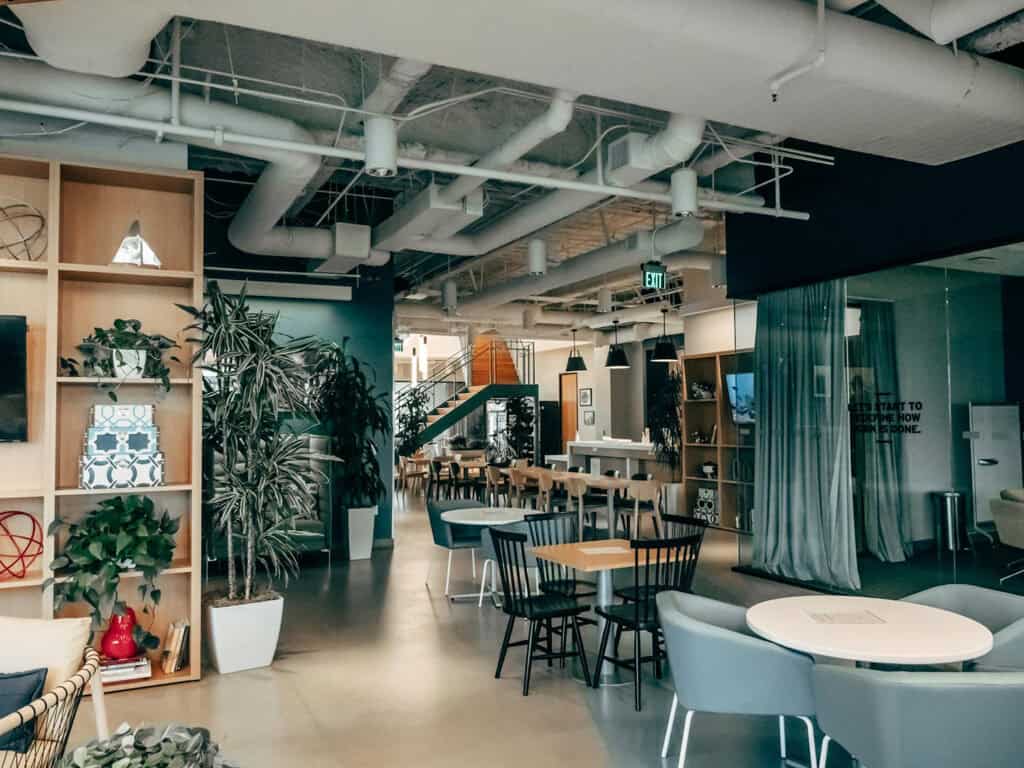
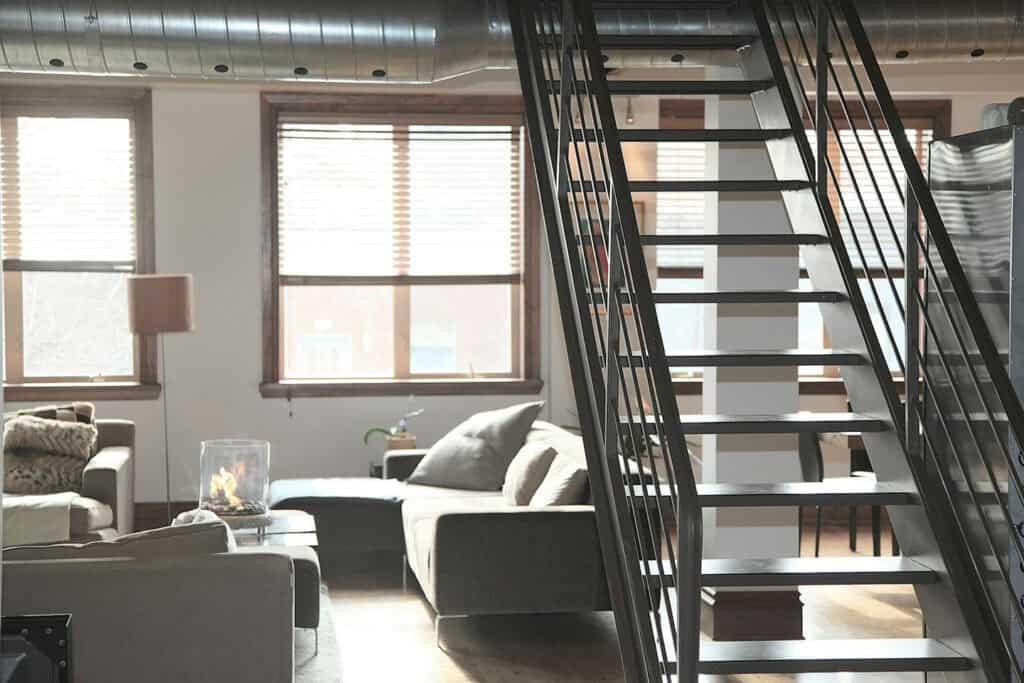
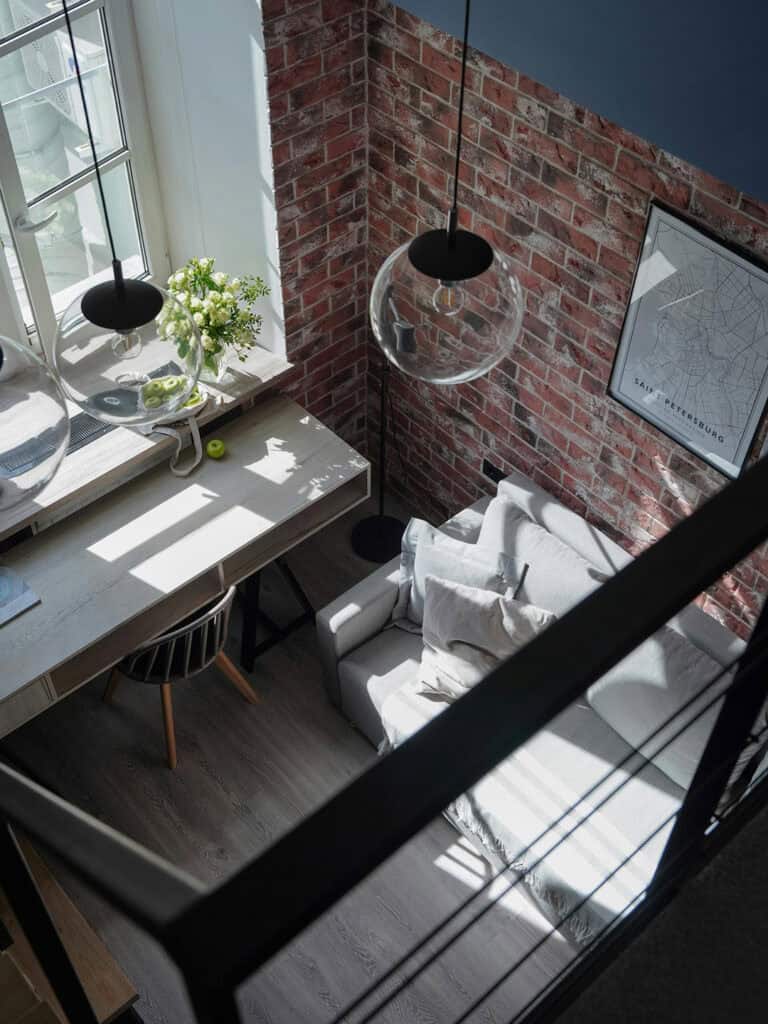
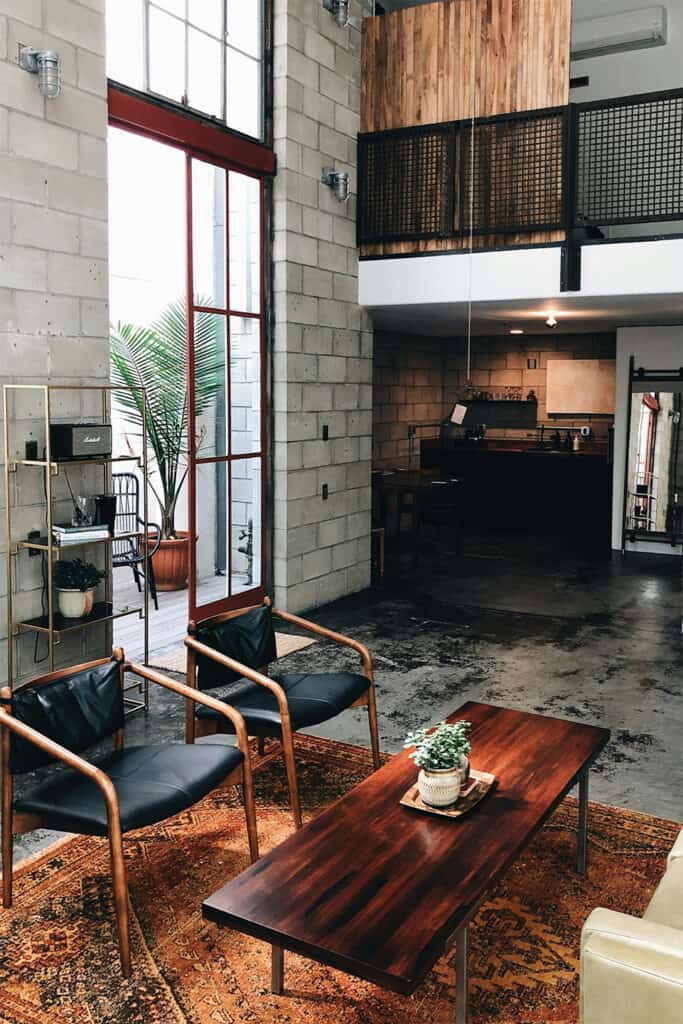
Are you looking for a design style that combines raw materials and modern elegance?
The path to the perfect modern industrial look can be tough. But, you’re not alone in this quest. We’re here to help you navigate the complexities of transforming your space.
In this article, we will cover:
- The essence of modern industrial design and its evolution
- Key elements that define the industrial aesthetic
- Tips for creating warmth and sustainability in your space
Are you ready to merge style and function in your home with modern industrial design?
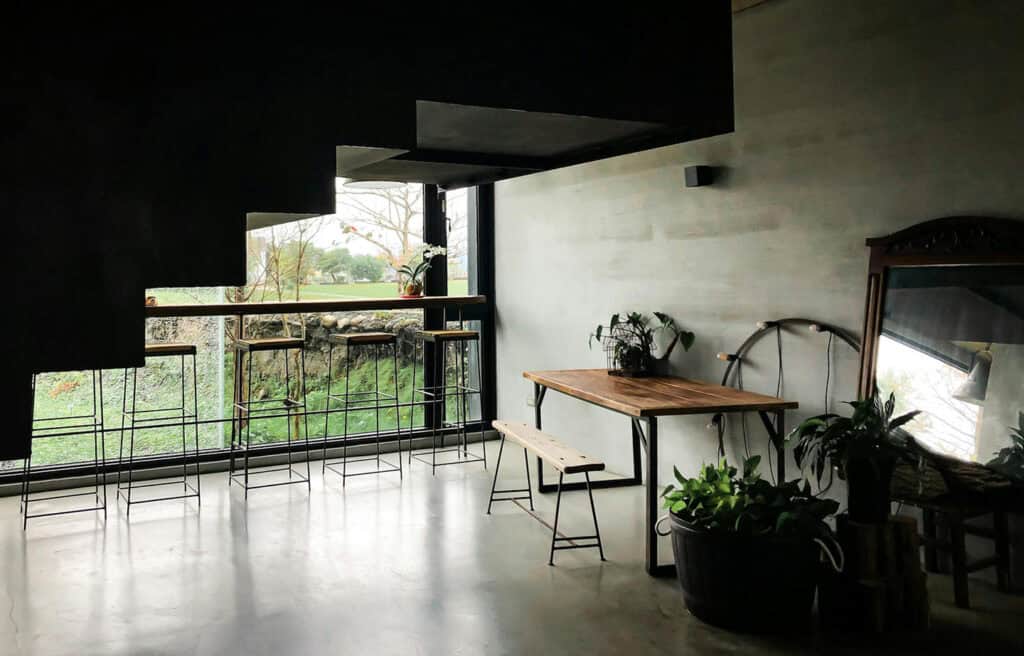
- The Evolution of Industrial Design into Modern Spaces
- 1. Achieving a Sleek Industrial Look
- 2. Fusion of Natural and Raw Materials
- 3. Minimalist Layout and Modern Functional Furniture
- 4. The Role of Light in Modern Industrial Spaces
- 5. Mixing Textures in Modern Industrial Design
- 6. Neutral Palettes with Pops of Modern Color
- 7. Bringing Warmth to Modern Industrial Spaces
- 8. Sustainability in Modern Industrial Design
- Modern industrial interior design: A Recap
The Evolution of Industrial Design into Modern Spaces
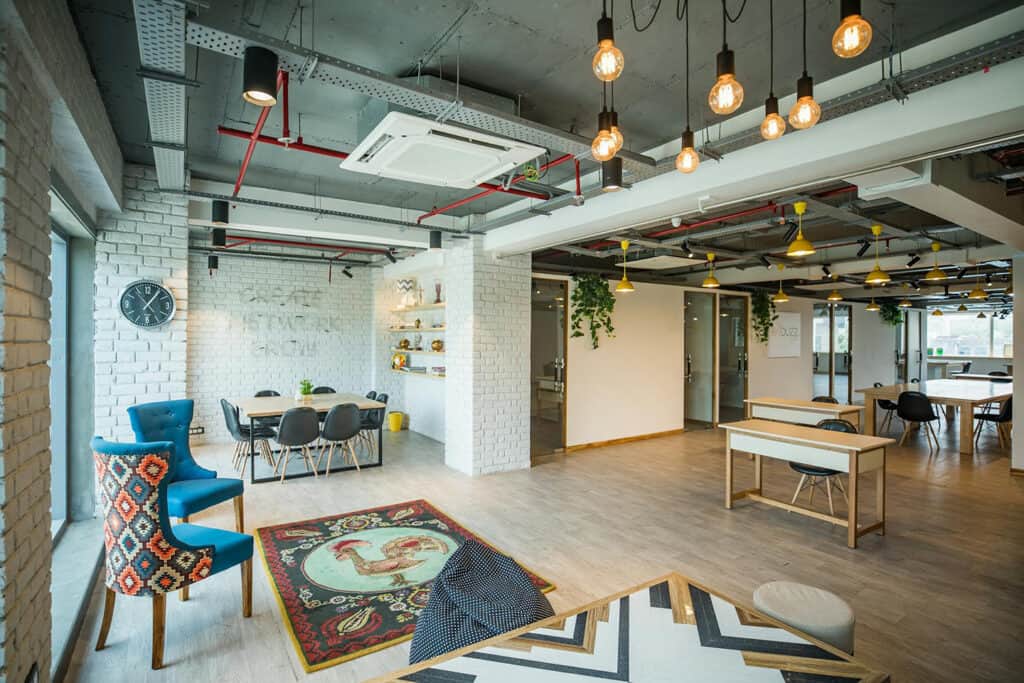
The industrial revolution created the industrial design style. It turned utilitarian structures into aesthetic choices. Early design elements arose from the need to repurpose warehouses and factories. They showcased raw materials like exposed brick and metal pipes.
This style evolved from rugged industrial buildings to modern homes. It created industrial interiors that combine function and style. High ceilings and large windows became sought after. They allowed for natural light and visual interest.
With advances in technology, modern materials transformed traditional aesthetics. Designers adapted industrial design to create unique spaces. They keep a raw, authentic feel while adding modern comforts. This blend created a versatile style that suits both urban homes and businesses.
1. Achieving a Sleek Industrial Look
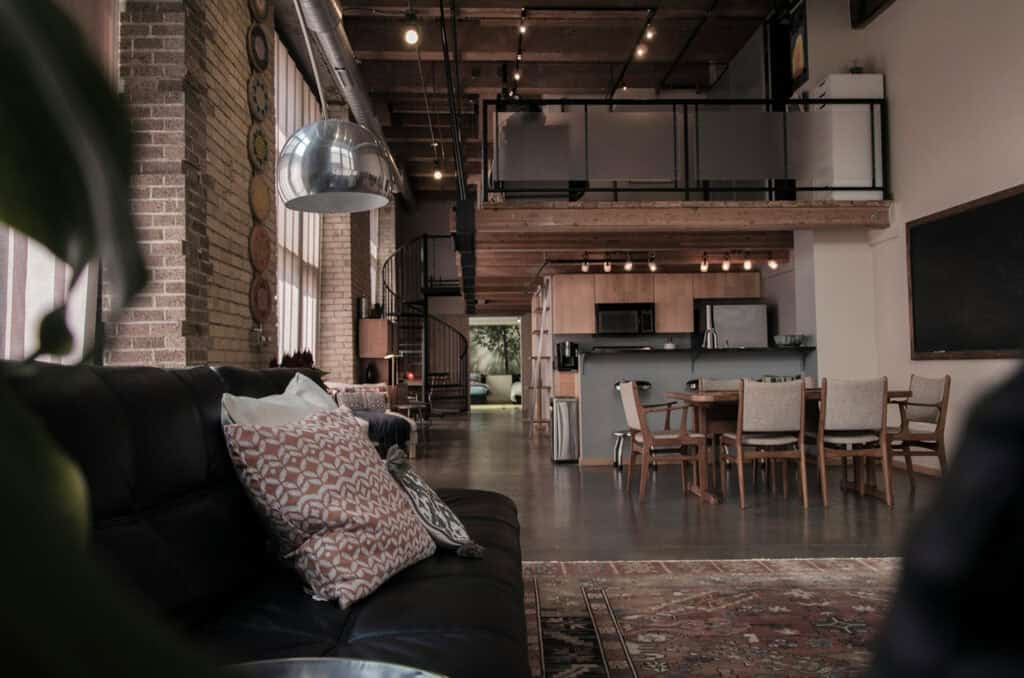
Modern industrial interior design look blends modern furniture with exposed brick and concrete. Clean lines and metallic accents like polished and black metal add sophistication.
Contemporary elements mix with industrial style, creating balance. Functional furniture highlights raw materials, transforming industrial features into a refined, inviting space.
See also Modern Luxury Interior Design Concepts: Top 10 Trends
2. Fusion of Natural and Raw Materials
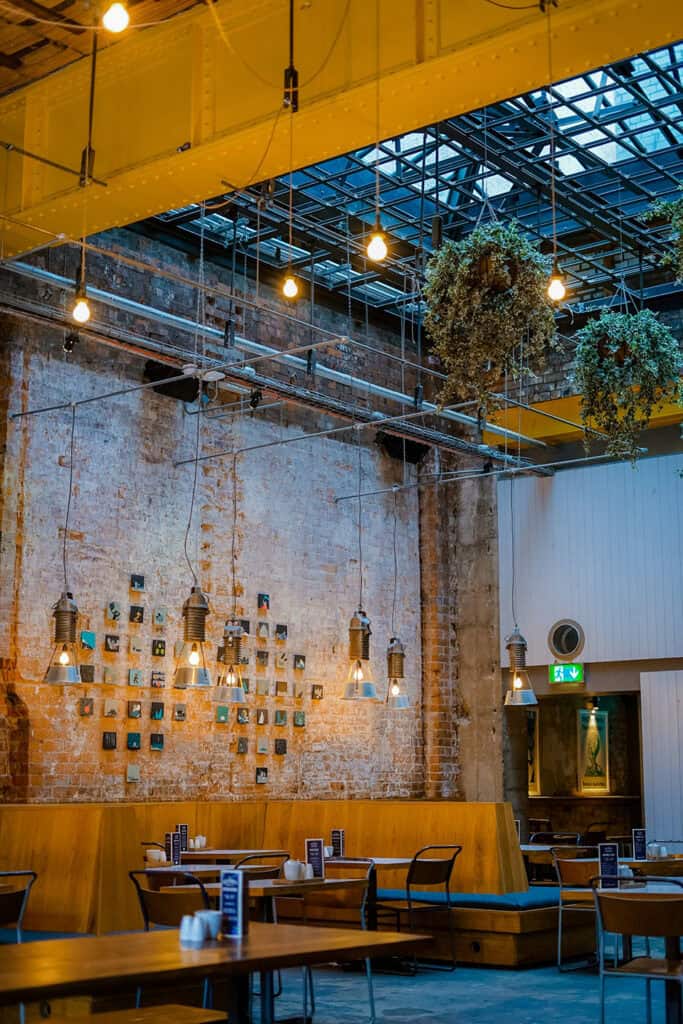
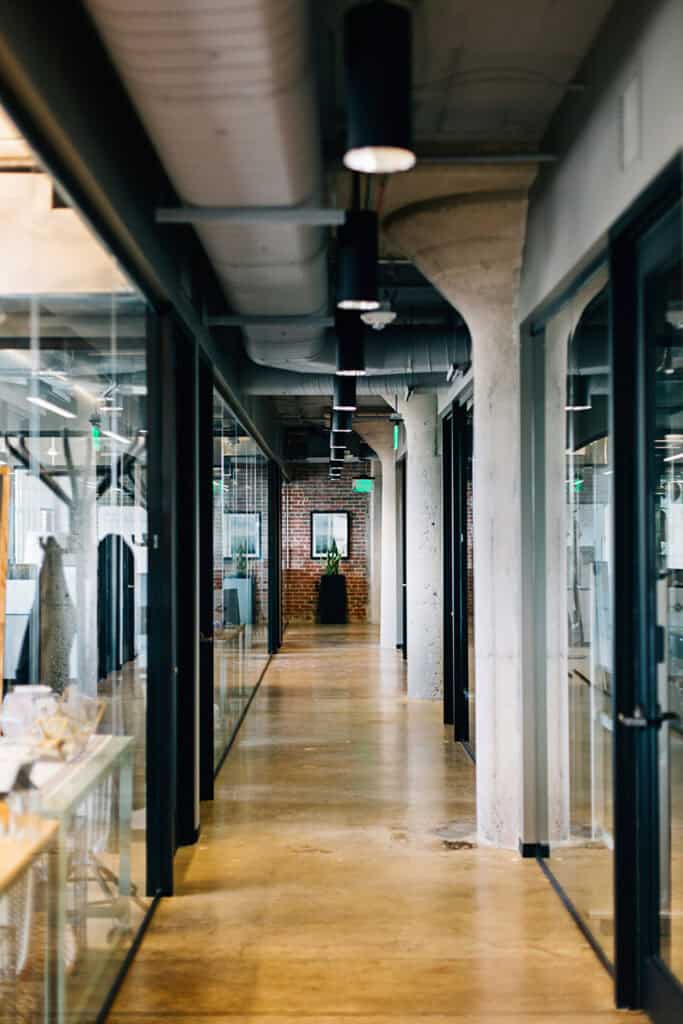
The industrial aesthetic blends raw materials like metal and concrete with natural elements like reclaimed wood. Wood beams add warmth, and indoor plants soften the look.
Mixing rustic elements with polished metals creates harmony between organic and industrial materials.
3. Minimalist Layout and Modern Functional Furniture
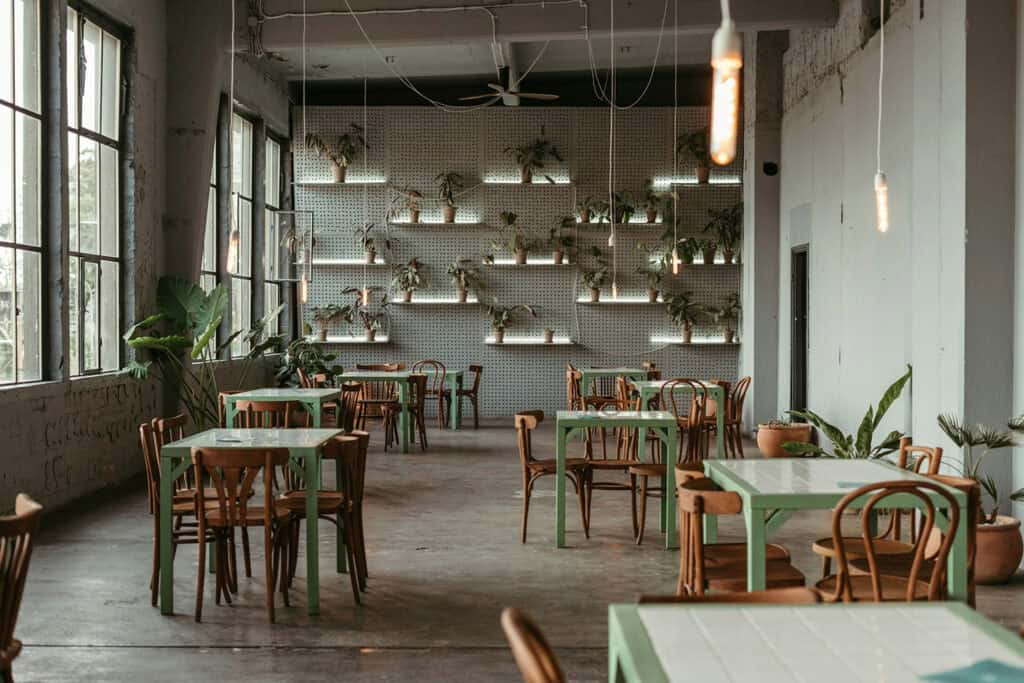
Minimalist layouts are key to modern industrial design. They focus on open spaces and simplicity. This keeps attention on features like exposed brick and metal accents.
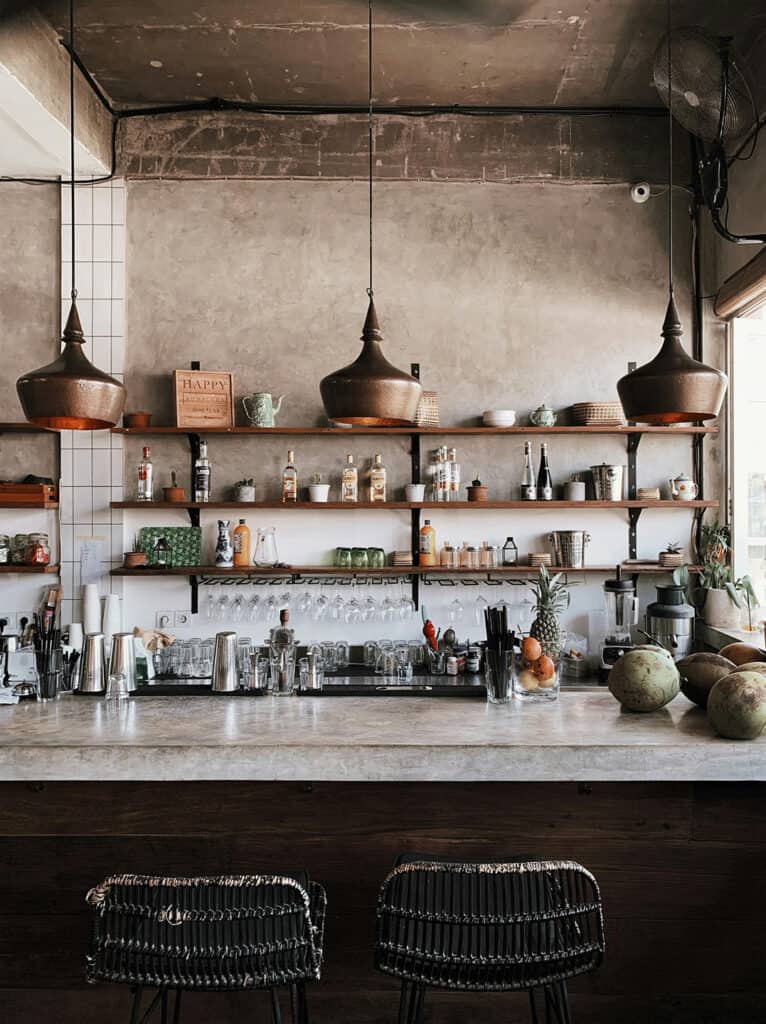
Functional furniture is crucial. Metal shelving and weathered wood tables combine style with utility. Wood furniture with modern lines is comfy and uncluttered.
4. The Role of Light in Modern Industrial Spaces
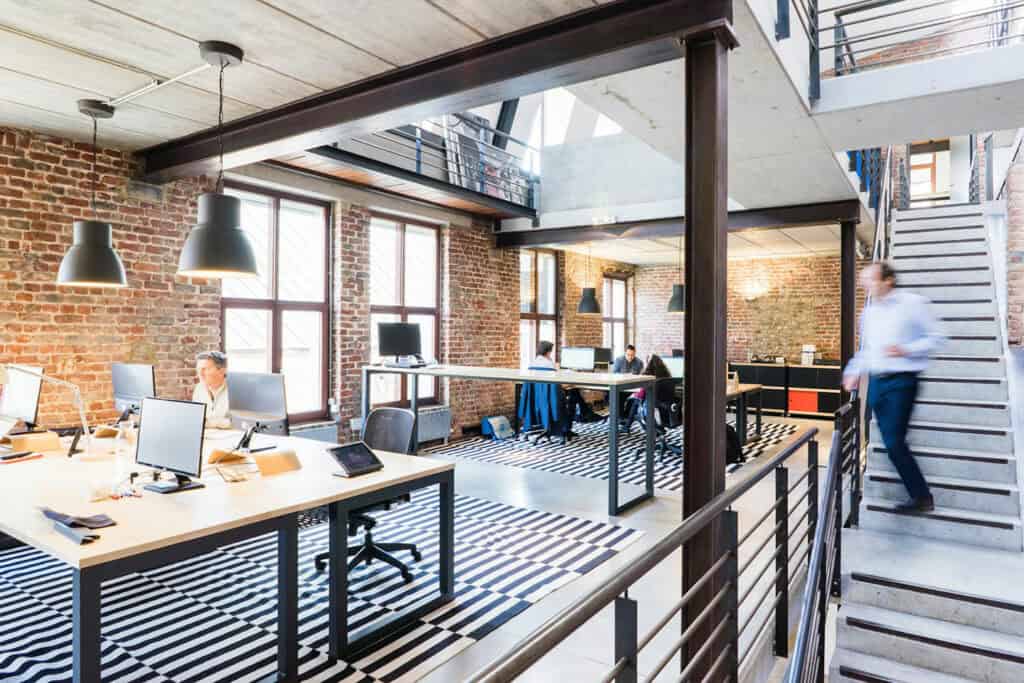
Natural light is key in modern industrial spaces. Large windows let in daylight. It brightens the exposed brick and concrete. The space feels open and inviting.
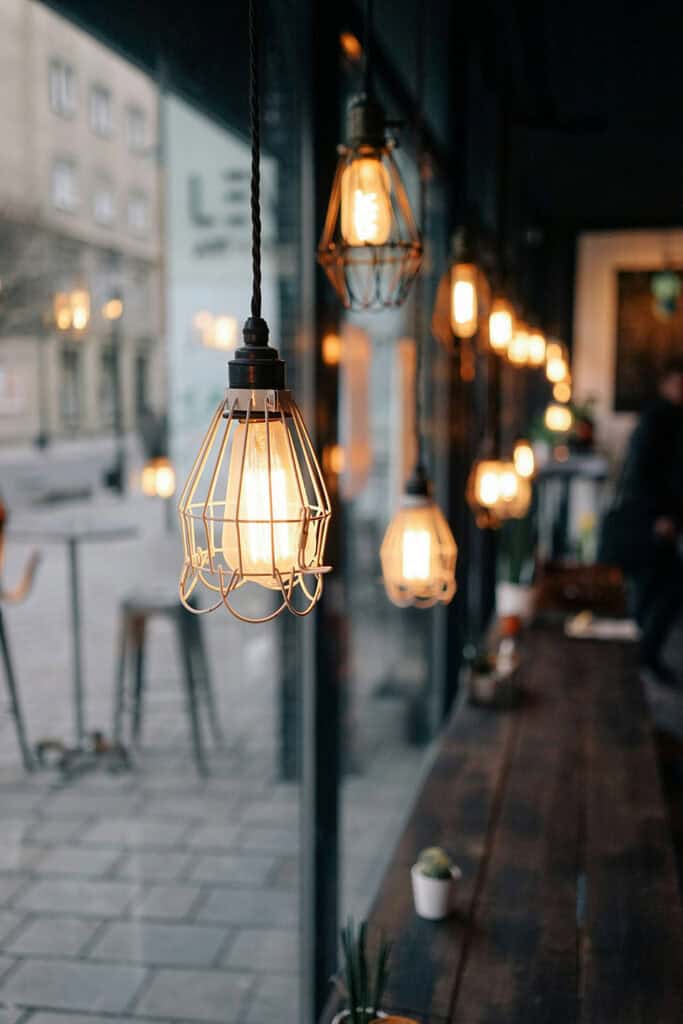
In addition to natural light, well-chosen fixtures add style. Geometric pendant lights add a modern touch. Edison bulbs evoke classic industrial charm. Floor lamps offer extra illumination and can be easily moved to shift focus. Metallic accents and natural materials complete the look.
Modern industrial interiors use both natural and artificial light. This creates a balanced, inviting atmosphere that showcases the beauty of industrial design.
5. Mixing Textures in Modern Industrial Design
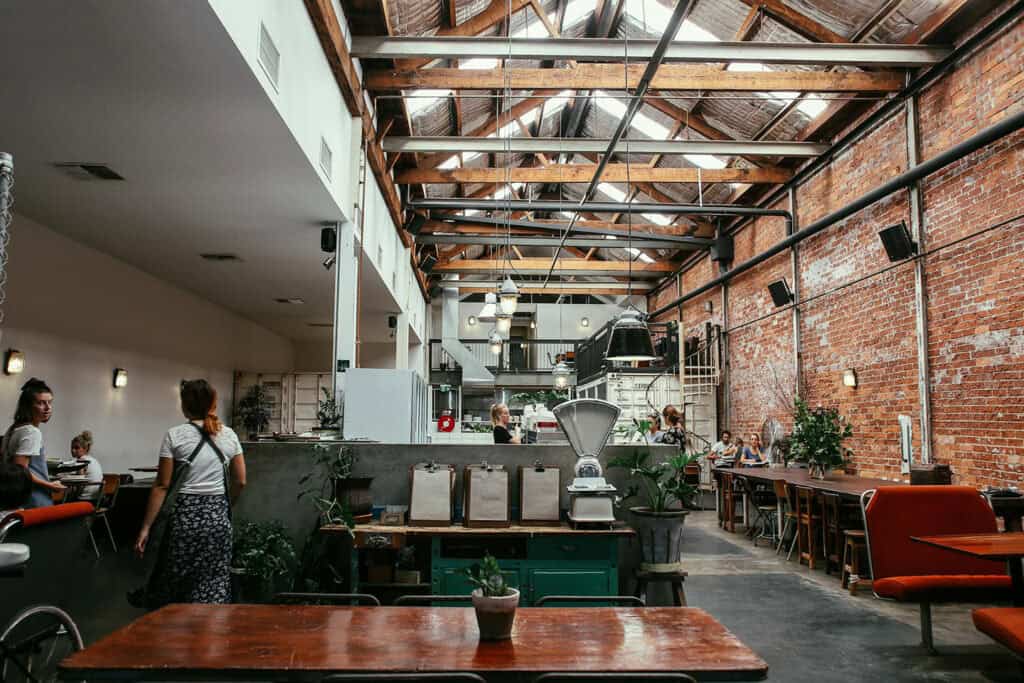
Mixing textures is key to balanced modern industrial design. Textural contrast adds visual interest and enhances the aesthetic. Pairing rough textures like concrete and distressed wood with smooth finishes like polished metal or glass creates depth and tactile appeal.
A cohesive look comes from thoughtful material choices. These textures blend industrial charm with a modern flair. The result is a space that’s both inviting and stylish.
6. Neutral Palettes with Pops of Modern Color
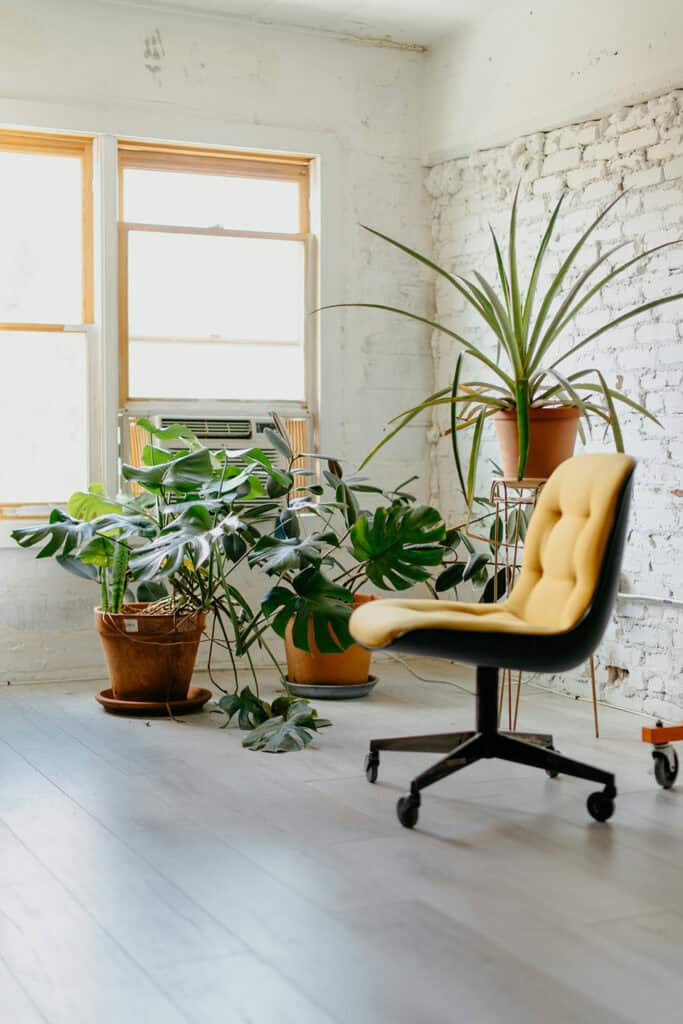
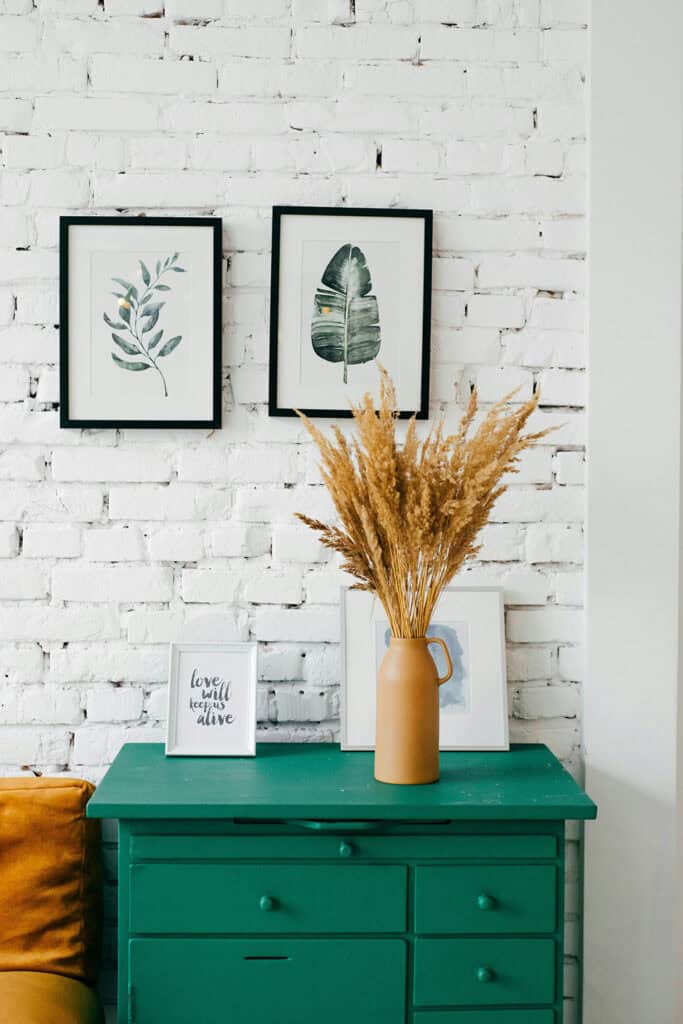
Industrial design uses neutral color palettes for a sophisticated backdrop. To add visual interest, bold accents can be introduced. This may include colorful artwork or decor that adds personality. Pairing neutral backgrounds with colorful pieces ensures a cohesive, modern feel.
Incorporating pops of color creates a balanced look. This approach enhances the industrial aesthetic while keeping it contemporary.
7. Bringing Warmth to Modern Industrial Spaces
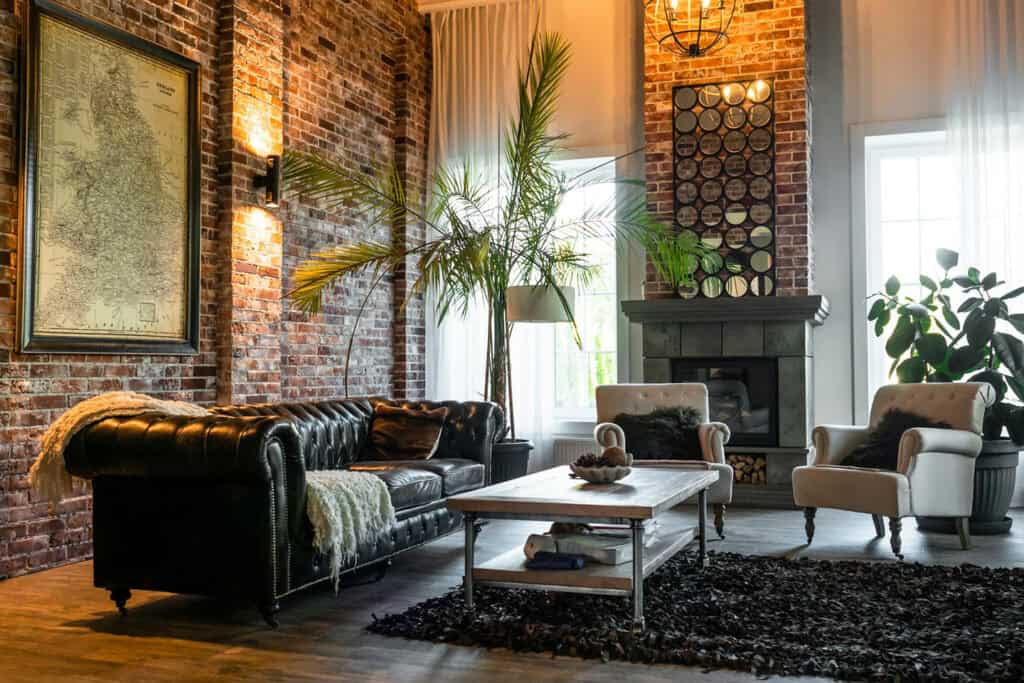
Creating warmth in modern industrial spaces requires thoughtful design. Reclaimed wood and rustic tables add comfort and charm. They enhance the industrial style. Textiles like distressed leather sofas and cozy throws introduce texture and warmth.
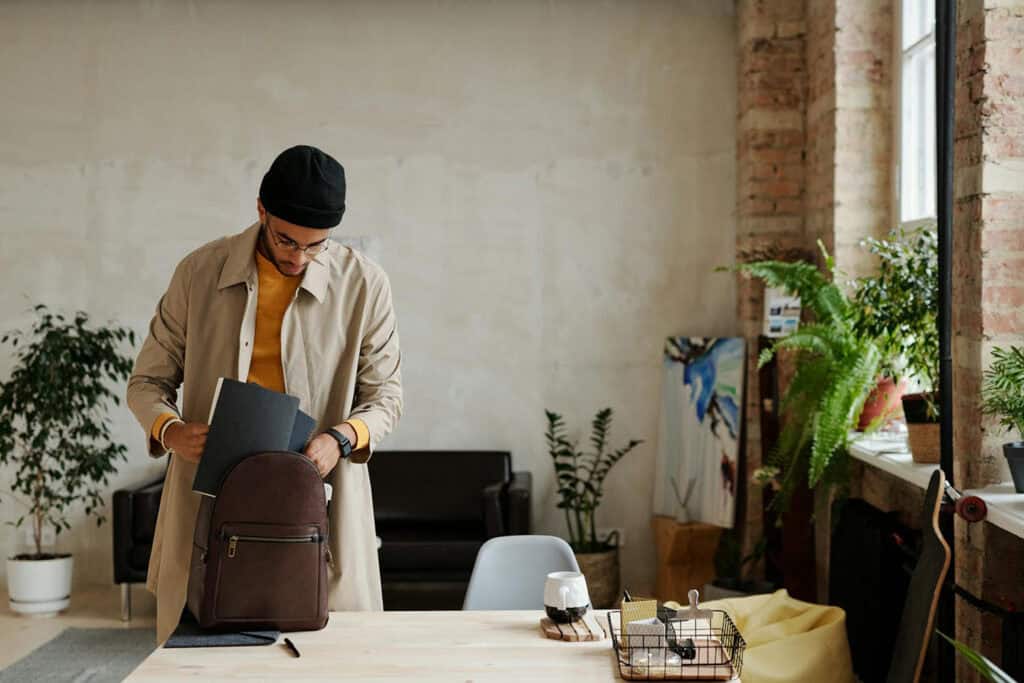
Indoor plants soften the raw aesthetic, adding vibrant greenery and improving air quality.
Accent pieces, such as floor lamps with soft lighting, create inviting nooks. It balances edginess with comfort. It blends style and warmth perfectly.
8. Sustainability in Modern Industrial Design
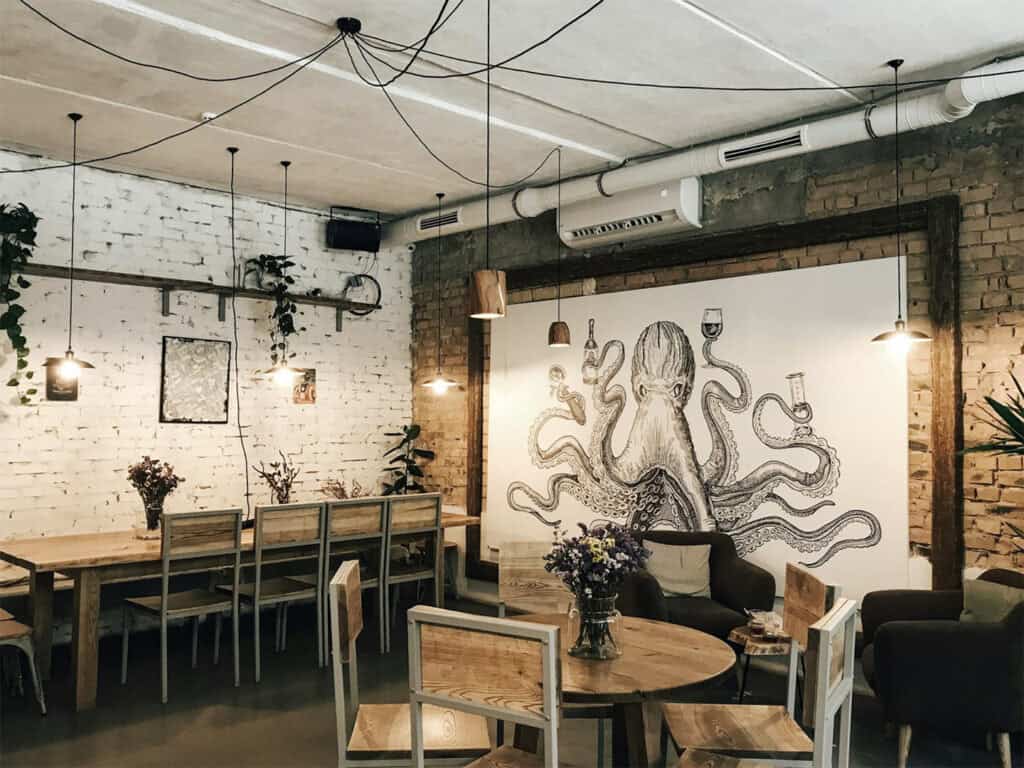
Sustainability plays a vital role in modern industrial design. It uses eco-friendly materials and repurposed wood. So, it appeals to eco-conscious homeowners.
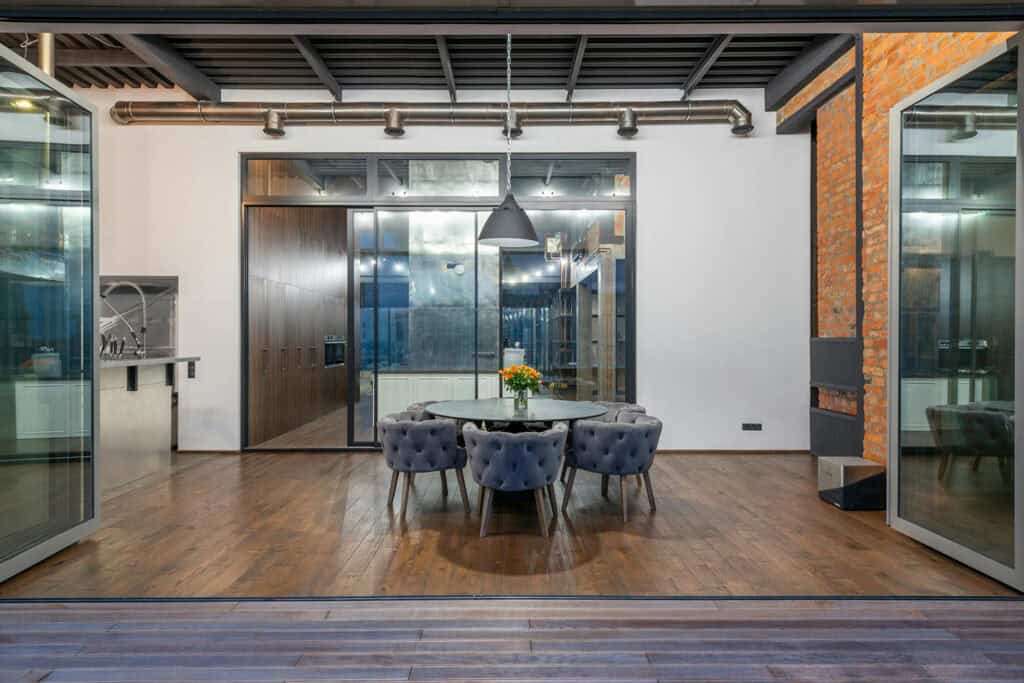
Key Features Include:
- Repurposed Wood: Used for furniture and structural elements, reducing waste.
- Recycled Metal: Used in fixtures and decor. It adds an industrial vibe and promotes recycling.
- Energy-Efficient Lighting: Utilizing LED bulbs and fixtures lowers energy consumption.
Modern industrial interior design: A Recap
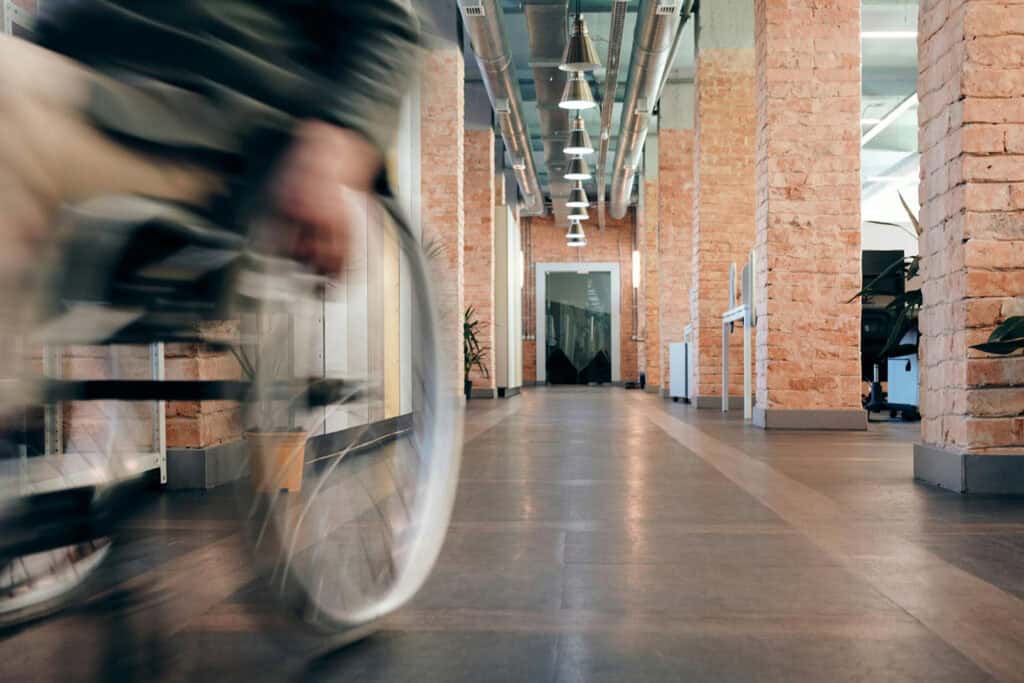
Modern industrial design blends raw elements with a sleek look. It uses exposed brick and metal. This gives urban lofts and old homes an edgy vibe. This design concept respects the environment. It also revitalizes industrial spaces, turning old factories and warehouses into stylish lofts.
They tackle housing shortages and urban renewal. They create homes that celebrate industrial charm and promote sustainability.
You can create a home that reflects your personality and values. Use a mix of raw beauty and modern design. Ready to transform your environment into a stunning modern industrial haven? Let’s get started!









